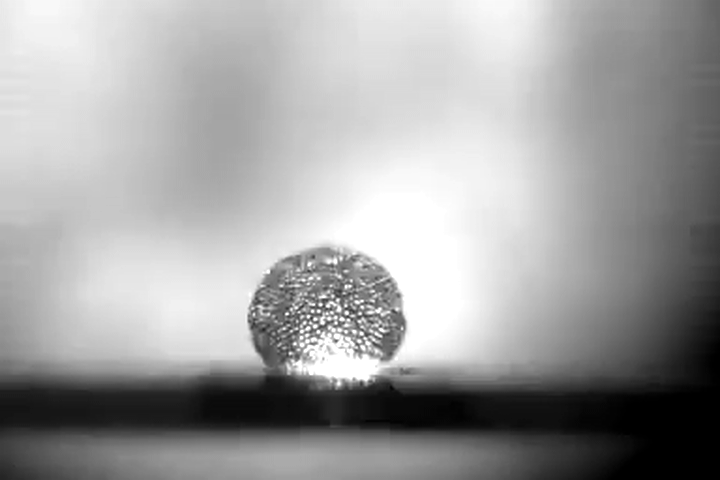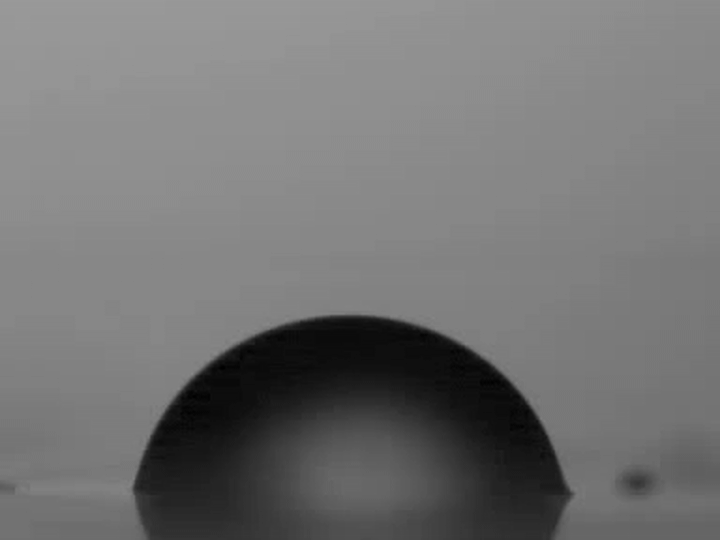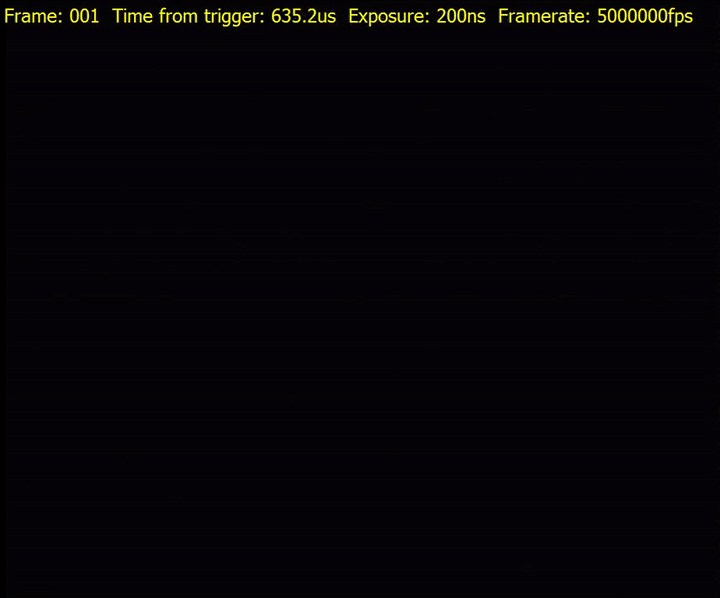Laser ablation
The result of a pulsed laser focused down to a very small volume can be quite dramatic. The concentration of light energy is rapidly transformed into kinetic energy when the target is the bulk of a liquid or a liquid interface. This fundamental research has potential applications to needle-free injection. Specific research projects in this exciting area are:
Free-surface ablation
When a high-power laser pulse is focused right at the free-surface of a liquid, the result is a high-speed ejecta, which initially resembles the crown formation observed during water entry of spheres. The ejecta sheet can be extremely thin, with thicknesses down to a few hundred nanometers (see our recent paper in EXIF). However, if the laser beam is focused to a few millimeters below the surface, we observe a jet instead!

Ejecta sheet

Ejecta jet
Laser inside droplet (video)
If the laser pulse is now focused into the interior of a sessile droplet, we can observe a range of phenomenon – from jetting and ejecta sheets to complete atomization. This technique could be useful for inkjet printing.


Laser cavitation in bulk (video)
Initiating the laser pulse in the bulk of a fluid, far away from the free-surface, a single symmetric cavitation bubble opens up. The dynamics of the ensuing collapse and re-expansion cycles are well-described by the Rayleigh-Plesset equation for bubble oscillations. Our work here is focusing on using this Laser-induced cavitation (LIC) technique to derive material properties of viscoelastic materials at short timescales.
